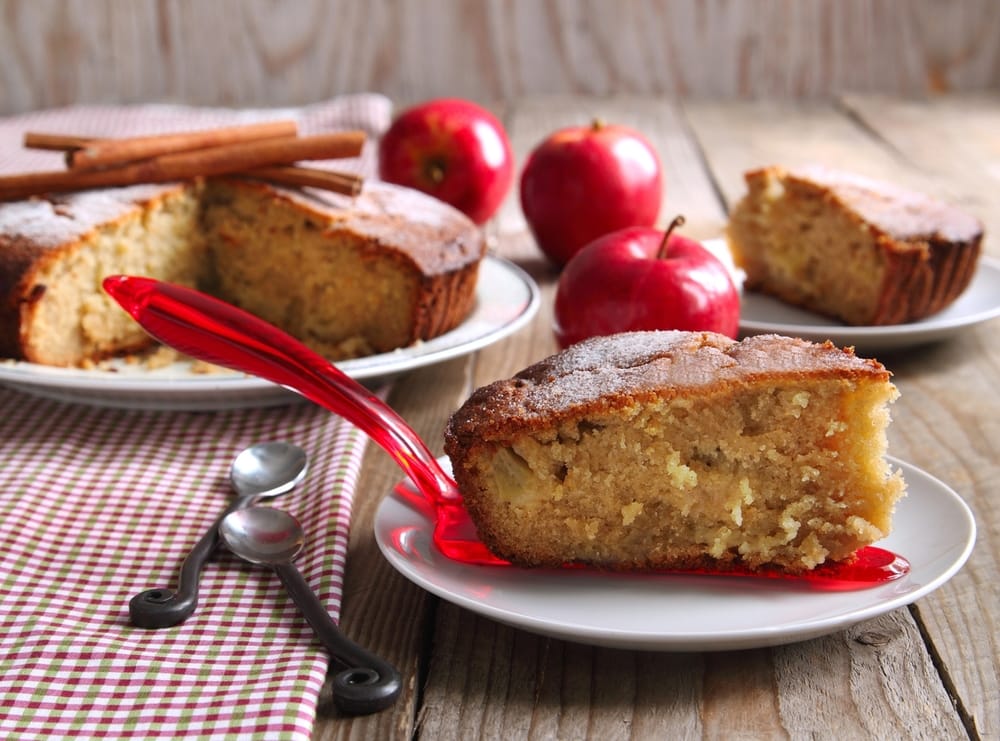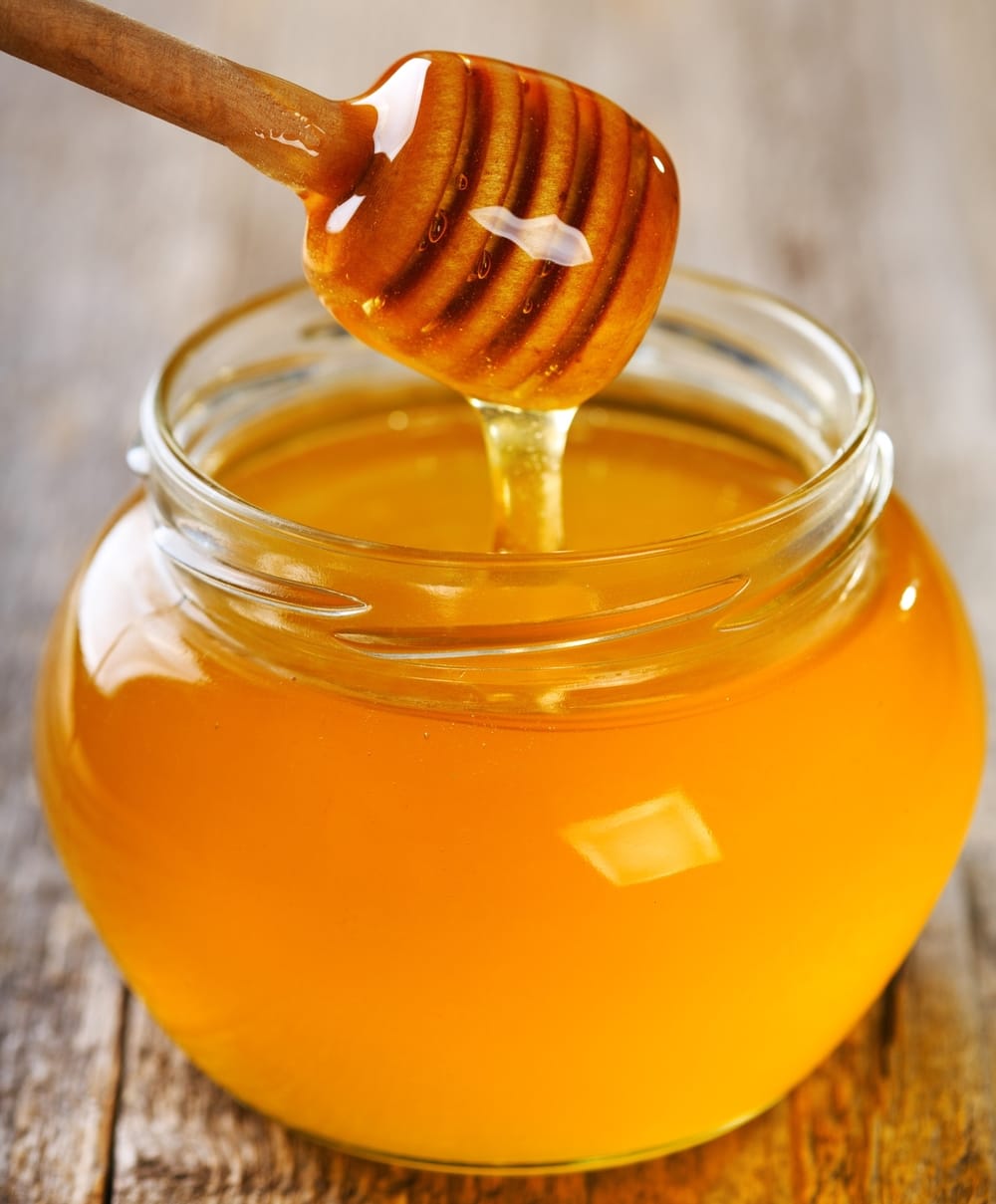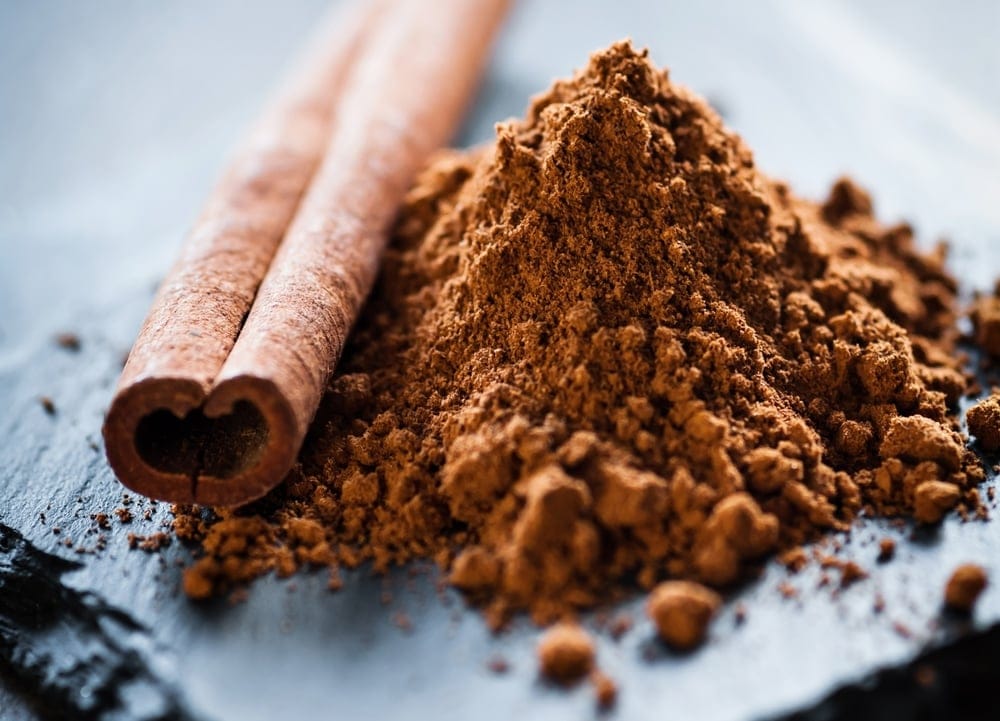Healthy Holiday Series: Nutritious Desserts
Erin McCarthy, MS, RD
Oftentimes, holiday desserts are rooted in family tradition with recipes getting passed down and made year after year. It’s important to keep traditions alive, especially those to do with food. Bonding time spent in the kitchen is priceless, as is providing food made with love for your family and friends. While making these sweet treats, why not add more nutrients to your creations without sacrificing the flavor and texture?
In baked goods, try these swaps to increase their nutrient value while decreasing excess calories, sugar and saturated fat.
Healthy Swaps for Your Holiday Desserts
1. Replace butter or oil with:
- unsweetened applesauce
- pureed dried plums
- mashed bananas
- pureed sweet potato
Here’s how:
- Swap 1/4 cup oil (480 calories) for 1/4 cup applesauce or puree (25 calories).
- Reduce sugar by a quarter as fruit puree has natural sweetness.
- Use less water for brownies and no water for cookies. Purees add moisture and these treats do better without much additional water.
The benefits of a swap: An equally tasty dessert with fewer calories, less sugar and less saturated fat.
Tip: If you cut out all fat, try adding healthy fat like nuts, natural nut butter or 1 tablespoon expeller-pressed canola oil. Healthy fats can slow the absorption of sugar. This way, your indulgence has a less drastic affect on your blood sugar.
2. Replace butter with: avocado puree
Here’s how: Swap 1 cup of avocado puree for 1 cup butter. This works well in chocolate desserts.
The benefits of a swap: Avocado has fiber, 1/4 of the calories of butter, more healthy fats and nutrients and a lot less saturated fat.
3. Replace sugar with: honey or maple syrup
Here’s how:
- Swap 1 cup sugar for 3/4 cup honey or Grade A maple syrup.
- Bake at a lower temperature (about 25 degrees lower) than your recipe calls for as honey browns more quickly.
- Reduce liquid by 1/4 cup for every 1 cup of honey or maple syrup used.
The benefits of a swap: Honey and quality maple syrup have no hidden additives, higher nutrient density, and are better for blood sugar control than sugar.
4. Replace white flour with: whole grain flour
Here are a few ways to try this:
- Try a complete substitution using whole wheat, spelt or buckwheat flours.
- Use half whole grain flour and half cooked whole grains (for example, cooked quinoa or amaranth) in your baked goods.
- Use half whole grain flour and half rolled oats.
The benefits of a swap: Whole grains add fiber and nutrients to your baked item, and they help keep blood sugar under control.
5. Add fruits or veggies whenever possible. This includes:
- 1 cup of shredded veggies such as carrots, zucchini or sweet potatoes, which add nutrients without changing flavor or texture very much.
- 1 cup of chopped fruit.
- reducing liquid content by 1/4 to account for the moisture in fresh ingredients.
Benefits: Fruits and veggies add fiber and nutrients, and they contribute to bulk without adding a significant number of calories.
6. Use spices whenever you can.
Some spices that kick up both the flavor and nutrition profile include:
- Cinnamon, which naturally brings out the sweetness of foods and helps regulate blood sugar.
- Nutmeg, cardamom, vanilla and chile powder. All of these spices can be used in desserts to enhance flavor without adding calories, sugar or fat.








